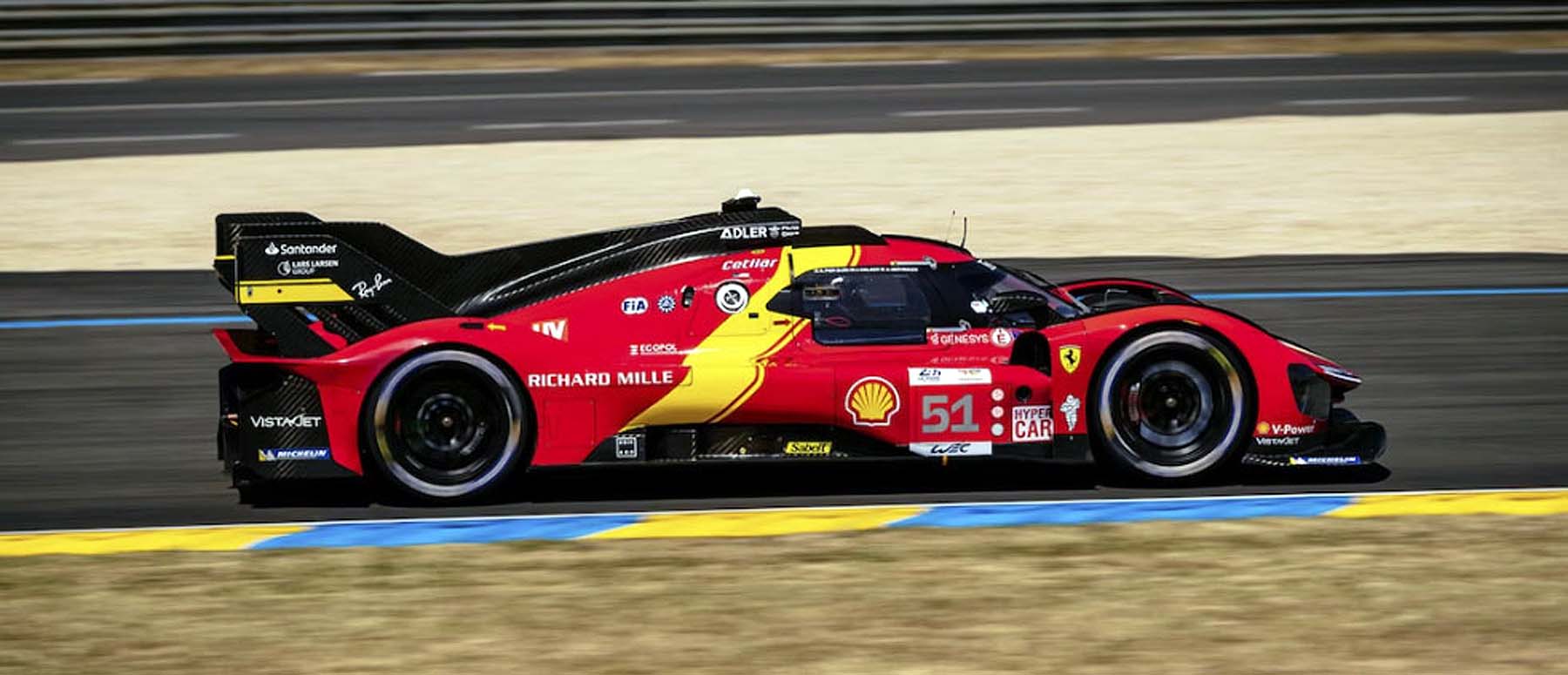Retrospect from 1949 to 2023
Having just conquered the most prestigious challenge in endurance racing, Ferrari’s overall win at the Le Mans 24 Centenary begs us to honor some of their most historic moments at the French marathon of man and machine. Starting over half a century ago, Ferrari’s exploits at Le Mans showcased their technical expertise, engineering, and above all, one man’s personal quest for dominance. While each triumphant win helped build its reputation as a world-class sports car builder, we select five to remember starting with…
1949: A legacy is born
Ferrari achieved a historic milestone by winning the 1949 24 Hours of Le Mans. This victory marked the beginning of the brand’s illustrious history in motorsports that continues to this day. Driven by Luigi Chinetti and Lord Selsdon, the Ferrari 166MM featured a Lampredi-designed tube frame chassis with a double wishbone/live axle suspension. The small V12 engine had single overhead camshafts and a 2.0-liter displacement. Output was only 138 BHP at 6,600 rpm, but enough to propel the little “Barchetta” to over 130 mph down the Mulsanne straight. What’s so incredible about this victory is that Luigi Chinetti drove over 22 hours, a feat never to be repeated.
No Subscription? You’re missing out
Get immediate ad-free access to all our premium content.
Get Started



